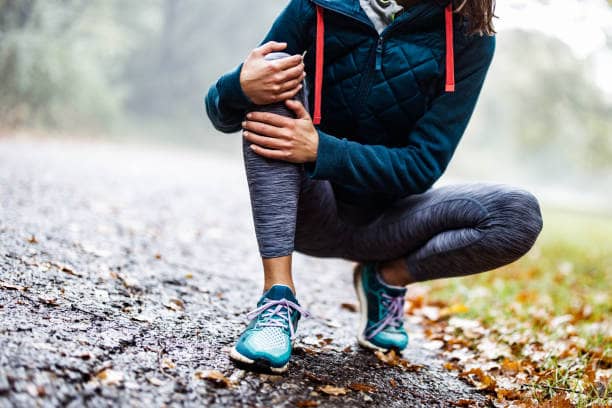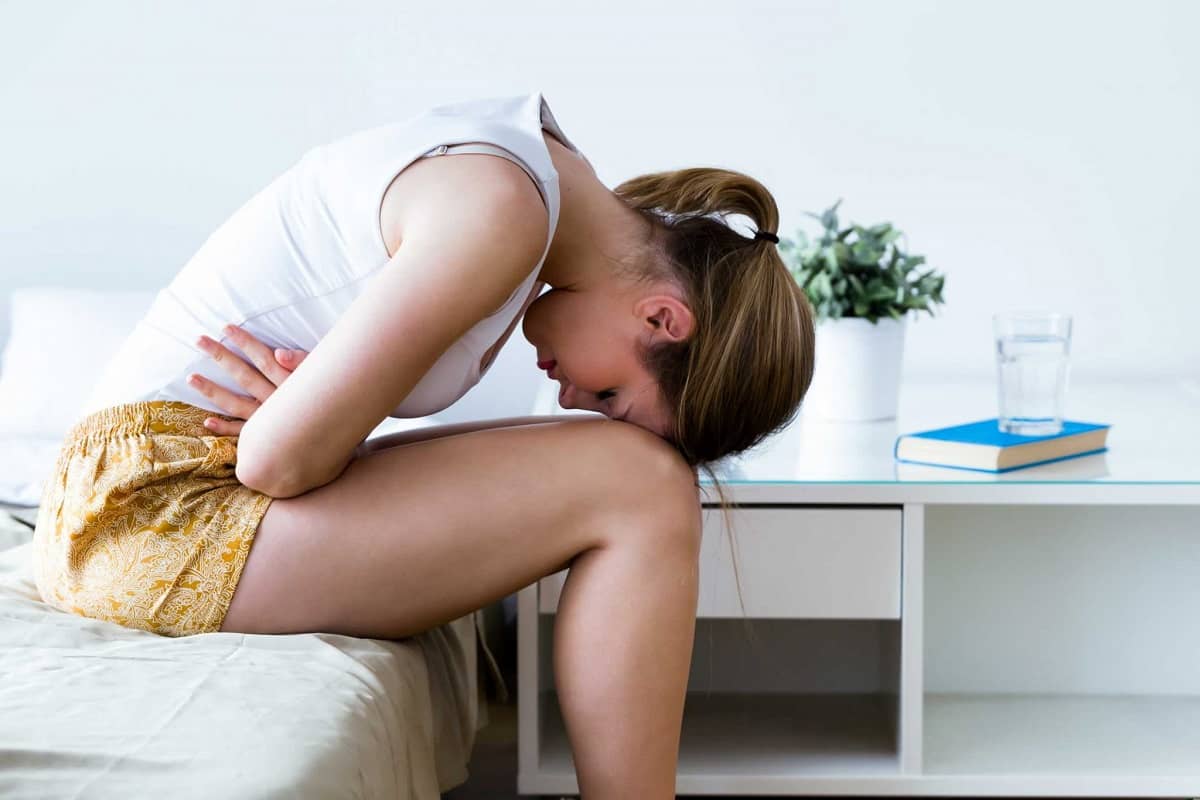Table of Contents
Learn How to Get Rid of Cramps
It is normal to experience cramps. No matter how active you are, cramps will always be a part of your daily life. A better understanding of your body is the best way to deal with cramps. You will feel less likely to experience cramps throughout the day if you better understand what a twinge looks like, which areas are affected by cramps, and how to get rid.
Most of the time, getting a cramp is a warning sign that something is wrong. Of course, the exception to this observation is menstrual cramps (they are normal and healthy). Cramps are your alert system.
For example, if you move your leg suddenly and catch a cramp, that is your body’s way of letting you know that you should not move that way again because you could injure yourself.
Understanding Cramps
Cramps and spasms are very similar. They both affect involuntary muscles, such as those found in your legs, uterus, and arms. Spasms and muscles are distinguishable only by their intensity and duration. For example, short twitches in your involuntary muscles are considered spasms.
At the same time, contractions in involuntary muscles that are extremely painful and last for an extended period are considered cramps.
Activity and inactivity can both lead to cramps. Cramps from overexerting your leg muscles are common because you are overexerting the part of the neuromuscular system that causes muscles to contract.
This makes sense because you are placing severe pressure on your muscles when you work out instead of when you relax during your workout. Since most people push themselves when they work out, part of the neuromuscular system that controls contractions is hyperactive.
In contrast, the Golgi tendons, the part that contains inhibiting contractions, are reduced. A reduction in electrolytes also increases the frequency at which active individuals experience cramping. With a significant decrease in sodium resulting from sweating, your muscles do not have enough water to maintain proper function, which leads to cramps.
Another reason for cramps in the body is inactivity. For example, keeping the same position in your legs for an extended period can lead to cramps. Unfortunately, other causes of muscle cramps as a result of inactivity are unknown.
Women are plagued with cramps as a normal bodily function when they have their menstrual cycle. Much like other involuntary contractions, these cramps are a response to a physical change in the body.
For example, women experience uterine cramps before and during their menstrual cycle. Fortunately, uterine contractions do not hint to a problem within a woman’s reproductive system. Instead, menstrual cramps result from the prostaglandins being released to remove the unfertilized egg from the body.
The Four Types of Cramps
When you are faced with a cramp, it is natural to want to alleviate the pain. To diminish the pain and start feeling better, you have to know what type of cramp you are dealing with in your body. There are four types of cramps:
True cramps are cramps that cause the most pain. They are a result of hyperexcitability within the nerves. This type of cramp is the most common form of cramps resulting from:
- Overactivity—overexerting your muscles
- Dehydration—a significant reduction of water in your muscles
- Changes in bodily fluid—a reduction of the sodium content as a result of sweating during physical activity
- Injury—sprains and stretched ligaments
Nocturnal cramps are a form of true cramps that impact people while they are at rest. These types of cramps are common when sleeping. These cramps can result from sudden movements during your sleep, but they are known to be painful, and they often prevent you from getting enough sleep.
Tetany cramps are cramps that can resemble true cramps but are distinguishable by the presence of tetanus toxin, low calcium, or low magnesium. These cramps can happen throughout the body, including in your wrists and hands.
Contractures are the result of contractions that affect scar tissue from an injury. Many people do not categorize contractures as a spasm or cramp at all. Instead, they see this condition as a loss of full range of motion within a limb.
Dystonic cramps happen infrequently. They are cramps that result from activity in another muscle. For instance, if you are running and your eye begins to twitch, it is considered a dystonic cramp if prolonged and painful.
How to Get Rid of Menstrual Cramps

Since you have a sound understanding of what causes cramps and the types of kinks, it is essential to know how to get rid of them, particularly menstrual cramps. For many women, “How to get rid of period cramps fast” or “How to get rid of stomach cramps” is a common question. The following are a few remedies to eliminate the pain you are feeling during your period.
Over-the-counter medications are a great response when someone asks you, “How do you get rid of cramps?” Medications that block the sensation of pain are readily available. Nearly all departments and convenience stores sell pain medication. Additionally, the medication is inexpensive.
Another way to get rid of cramps that result from your period is to drink lots of water. The extra water in your body will help reduce the pain associated with cramps. You can also try light exercises to reduce your pain.
Heat is a great way to reduce cramps in your uterus. You can try a hot bath or a heating pad, but you want to get as much direct heat as possible to be effective.
Many people claim that supplements such as Vitex help reduce the pain associated with menstrual cramps, but there is little research to support the efficacy of such treatments for menstrual pain.
How to Get Rid of Leg Cramps

As previously discussed, leg cramps are considered real cramps. You get these types of cramps for various reasons, including overexertion, dehydration, and loss of electrolytes. The best way to stop these cramps is to undo what you have done to develop the cramp.
For instance, if your leg is contracted due to overexertion, you should take a break and allow your muscle to relax. One great way to encourage relaxation in your muscles is through massages. For a massage to be effective, you must apply direct pressure to the contracted muscle until it relaxes.
Another way to get rid of leg cramps is to replenish your electrolytes. You can do this by drinking sports drinks. Of course, filling your electrolytes will also help if you are cramping as a result of dehydration. Ironically, in the instance of reduced-sodium, sports drinks are a better option than water.
If you are prone to getting leg cramps, you may have a deficiency in potassium, vitamin B, D, and E. It would help if you took the time to deliberately put foods in your body that will help you improve your deficiencies. Foods that will help reduce cramps include bananas, vegetable oils, nuts, fish, eggs, milk, fresh fruits, and oats. You can use trial and error to determine which foods benefit you most since you may not know which vitamin is deficient.
When you know how to get rid of muscle cramps, it will also help you get to know your body better. Once you have everything under control, you won’t need the warning of a kink to signal to you that something is out of alignment within your body. Instead, you will automatically feel the need to nurture your body with what you need.
For instance, you may crave salty foods if your body is low on sodium. Likewise, you may have a desire to stretch if you have been sitting still for an extended period. Your body is a highly complex machine, and if you stop and listen to the signals it gives you, you will be able to determine what you need to do to keep it functioning correctly.
Knowing how to get rid of cramps fast will help you enjoy your day-to-day activities, especially if you are an active person or face extreme pain during your menstrual cycle. In addition, when you know how to stop cramps, you have the opportunity to prevent cramps before they start, allowing you to be one step ahead of the physical complications that affect the body.
Even in instances where you can’t entirely know how to stop cramps, understanding what causes cramps will help you understand what helps cramps go away.




